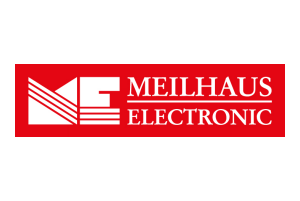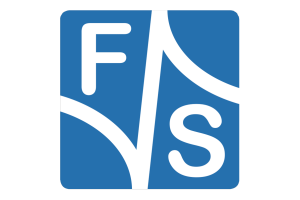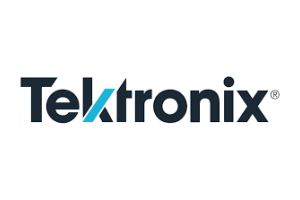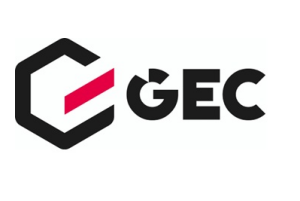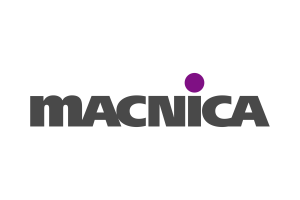Unlimited and Secure Wireless Networking
IP500 Wireless Platform Paves the Way for the Smart City
The IP500 standard was developed for security applications in commercial and industrial buildings. Thanks to its secure and scalable network technology, IP500 is also ideal for implementing large-scale smart city applications of all kinds quickly and cost-effectively.
Where already installed, star-shaped wireless networks, such as LoRaWAN and LTE Cat-NB1 (also known as NB-IoT), reach their limits when digitising water meters, for example, wireless networking via IP500 is far from over. The IP500 standard – a certified and secure IoT wireless platform for smart applications – can reach any sensor cost-effectively, even in the deepest basements, thanks to the meshing process. The robust and secure meshing process of the IP500 standard enables unlimited scaling of data transmission from buildings, parks or mobile applications, e.g. public utility vehicles, into an infinitely scalable and independent IoT smart city network. This is based on an Internet-networked infrastructure, realised cost-effectively with IP500 wireless technology, which guarantees a long range as well as low latency.
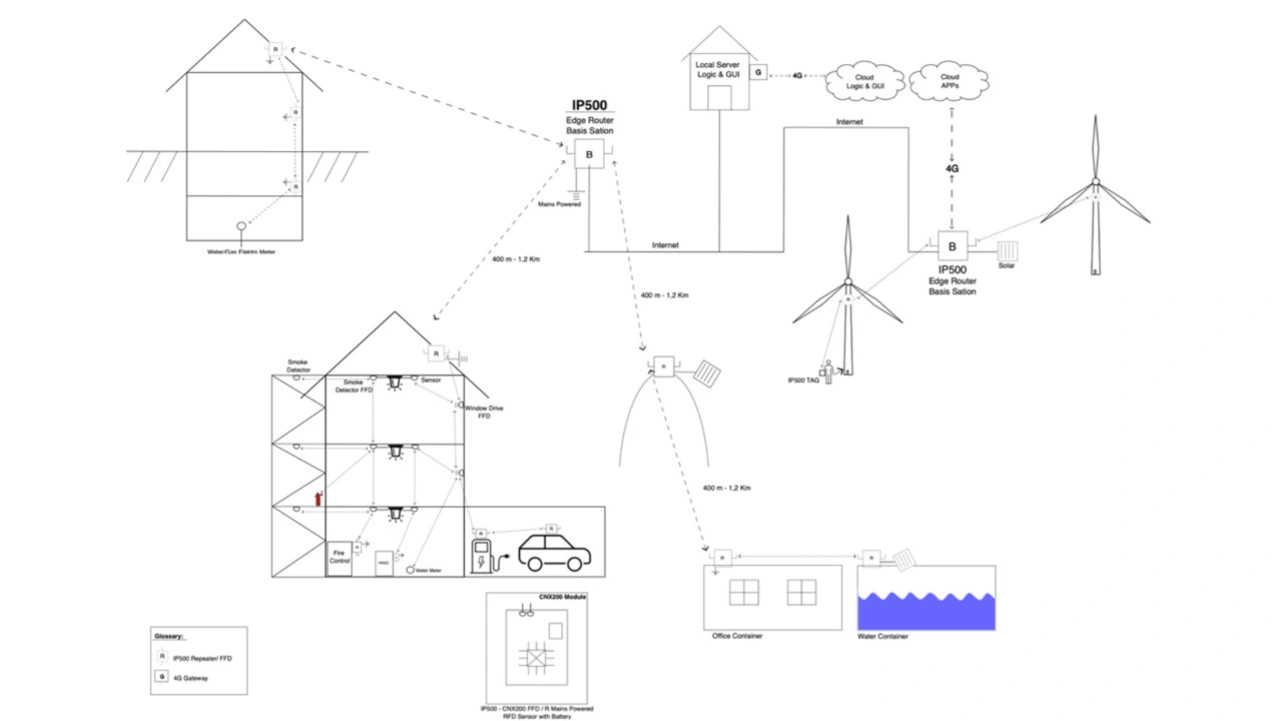
In this way, the IP500 standard paves the way for the smart cities of tomorrow, in which integrated IoT systems that communicate wirelessly create sustainable, networked communities. End devices such as water and gas meters, charging stations and complex systems such as building automation systems can transmit data cost-effectively, securely and in real time via one and the same wireless network (image). Thanks to its scalability and flexibility, the IP500 standard is a key building block for a future-orientated, ESG-compliant (ESG: Environmental, Social and Governance) infrastructure.




